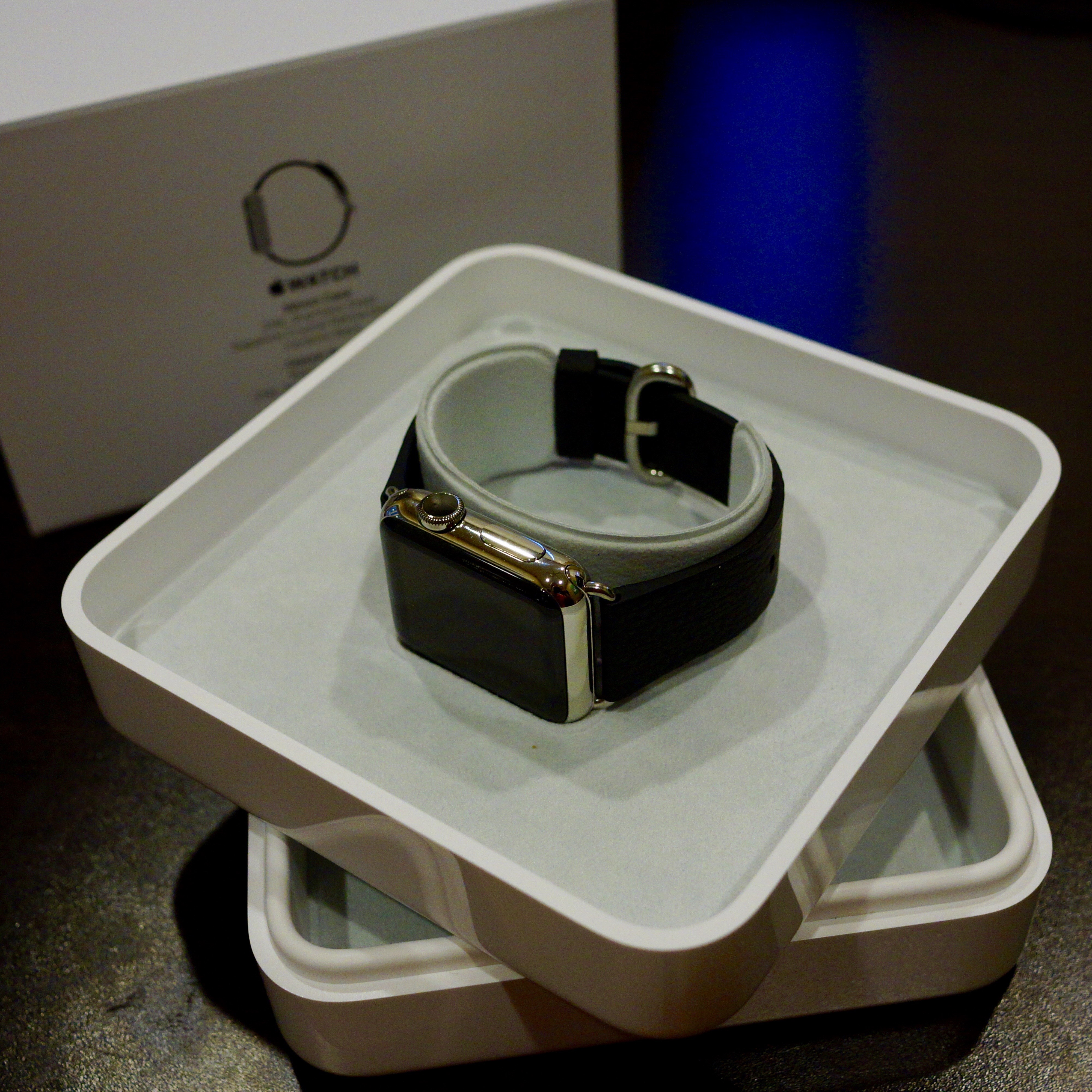Today I’m wearing my first upscale watch, a Movado Ultra-Slim Ref. 1891 for “Watch A Day“. It’s a quartz, but the trim profile and “Museum Watch” styling makes it something special. With an ETA movement and Swiss quality, it’s held up remarkably well for two decades.

First, let’s get two things out of the way:
- This isn’t actually a “Museum Watch”
- Movado stole the “Museum Watch” idea anyway
Let’s take the second part first. Back in 1947, American designer Nathan George Horwitt conceived of a featureless two-handed dial, with only a round marker at 12:00 denoting the sun. This design was licensed to Vacheron & Constantin-Le Coultre Watches of Switzerland, who produced a series of dress watches with this same motif. Almost immediately, Movado copied the simple design and began selling very similar watches.
In 1960, the Museum of Modern Art in New York added Horwitt’s design to their collection, sparking intense interest in watches of this type. These were soon nicknamed “the museum watch” and Movado was the company to capitalize on this fame. To say it was the Movado trademark would be correct in metaphor but absolutely backwards in law: The company fought infringement suits for decades until finally settling with the designer for just $29,000 in 1975.
Since then, Movado has continued to focus on the “Museum Watch” concept, delivering a series of such dress watches, using the two-hands-and-sun design graphically in advertising, and expanding the definition to include models that diverge in certain ways from Horwitt’s original concept.
Such is the case for this Ref. 1891 dress watch from the late 1990s. It’s typical of Movado’s line from that time, and remains instantly recognizable today. The company still relies on such slim dress watches for the bulk of their sales, most with quartz movements and simple styling.

This thing is really, really slim. I measured it at 6 mm using my calipers, and the tapered case really emphasizes this aspect. On the wrist, the head of the watch seems flatter and thinner than the bracelet! The flat crystal sits flush with the polished bezel, and the lugs come right up to meet the dial. The case measures just 35 mm in diameter and the tiny smooth crown hides alongside.
The dial diverges from Horwitt’s concept with the addition of polished, applied bar markers and oddball printed numerals at 3, 6, 9, and 12. But the “sun” pip is still present above the Movado name at 12:00, even if it’s really tiny. The two hands are styled as classic Horwitt bars. One more divergence is the dial, which is a lustrous enamel-look white rather than the designer’s choice of black.

It all adds up to an eminently readable and functional dress watch, even if it’s out of step with so many of today’s offerings. Certainly it doesn’t get much wear in my box (it’s practically a mule next to the thoroughbred A. Lange & Söhne Saxonia!) but the ETA quartz movement runs for years on a battery, allowing me to pull it out from time to time.

Despite the sketchy history of the design, Movado’s “Museum Watch” remains an icon of horology. It’s one of the very few watches that is instantly recognizable even to the uninitiated, and thus belongs in any serious collector’s watch box, if not on their wrist.
I’m wearing and blogging about a different watch from my collection each day of April, 2018. Check back here for our “Watch A Day” series, follow us on Twitter and Instagram, and like us on Facebook!
Year
Country
Brand
Style
Material
Movement






Leave a Reply